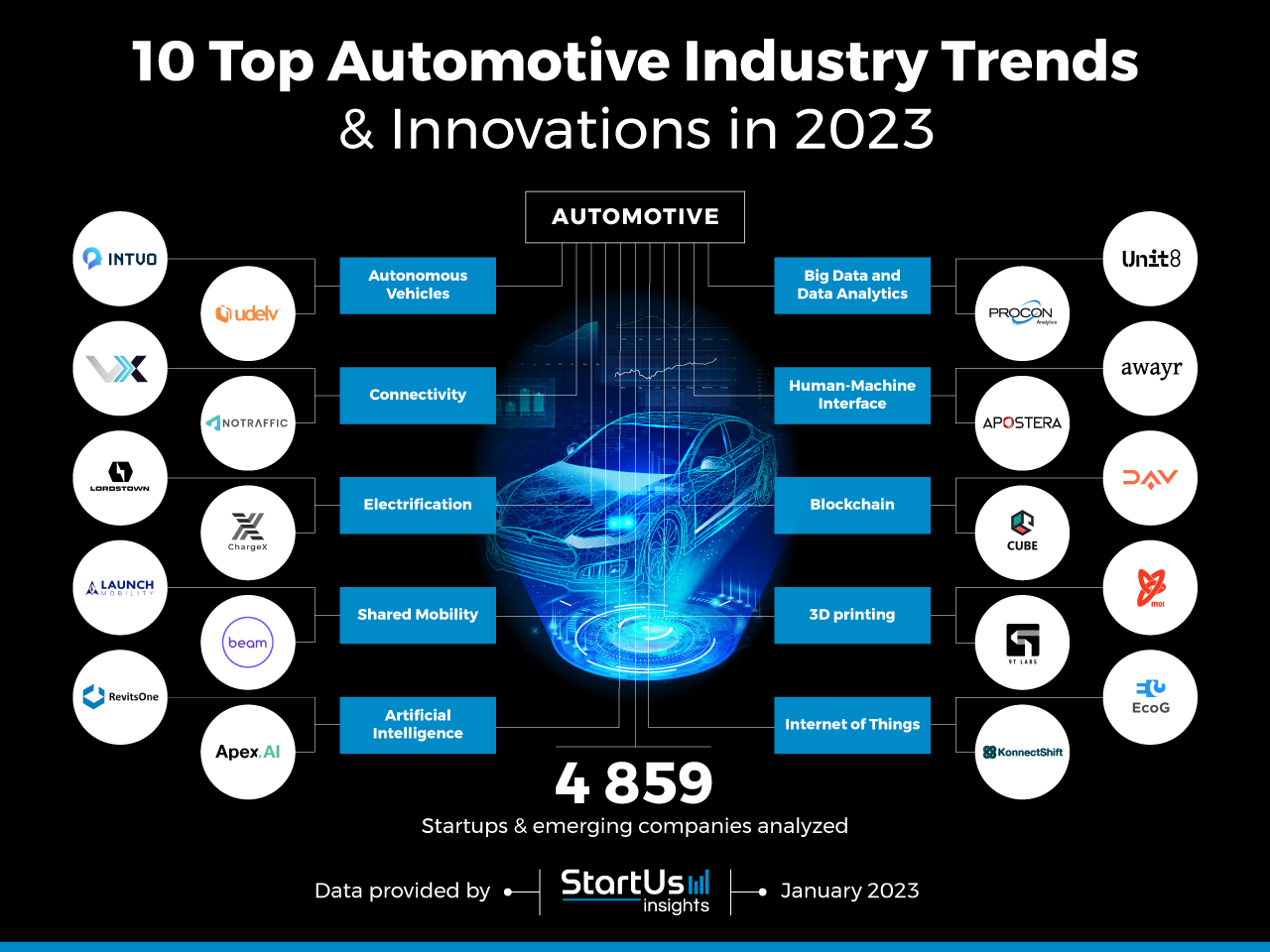China's Automotive Market: Challenges And Opportunities For International Brands (BMW, Porsche, And Beyond)

Table of Contents
Understanding the Chinese Consumer
The Chinese automotive consumer is unlike any other. Successfully penetrating this market requires a nuanced understanding of their evolving preferences and demands.
Shifting Preferences and Demands
The Chinese automotive market is experiencing a dramatic shift in consumer preferences. We're seeing:
- A younger demographic: Millennials and Gen Z are increasingly driving purchasing decisions, prioritizing technology and personalization.
- EV and Hybrid Dominance: The demand for electric vehicles (EVs) and hybrid vehicles is skyrocketing, driven by government incentives and growing environmental awareness. This includes a strong interest in new energy vehicles (NEVs).
- Advanced Technology Integration: Features like advanced driver-assistance systems (ADAS), connected car features, and sophisticated infotainment systems are highly sought after.
- Brand Prestige and Value: While brand prestige remains important, Chinese consumers are also acutely focused on value for money and overall ownership experience.
- Social Media Influence: Online reviews, social media endorsements, and key opinion leaders (KOLs) significantly impact purchasing decisions.
Regional Variations in Consumer Behavior
China's vast size and diverse regions lead to significant variations in consumer behavior:
- Tier Differences: Consumer preferences and purchasing power vary greatly between Tier 1 (major metropolitan areas), Tier 2 (medium-sized cities), and Tier 3 (smaller cities) markets.
- Economic Disparities: Regional economic differences significantly impact the types of vehicles and features consumers can afford.
- Targeted Marketing: International brands need to tailor their marketing strategies to resonate with the unique preferences of each region. Understanding local customs and preferences is critical.
Navigating the Regulatory Landscape
The regulatory landscape in China's automotive market is complex and constantly evolving. International brands must navigate several key challenges:
Stringent Emission Standards and Environmental Regulations
China is aggressively pursuing the adoption of electric vehicles. This means:
- Strict Emission Standards: Meeting increasingly stringent emission regulations is crucial for market access.
- Investment in Green Tech: Foreign automakers need to invest heavily in green technologies and sustainable manufacturing practices.
- NEV Focus: Companies must prioritize the development and production of new energy vehicles (NEVs) to remain competitive.
Import Tariffs and Trade Policies
Import tariffs and trade policies significantly impact the profitability of foreign automakers:
- Tariff Impacts: High import tariffs increase vehicle prices, reducing competitiveness.
- Complex Procedures: Navigating import procedures and regulations requires significant expertise and resources.
- Localization Strategies: Establishing local production facilities through joint ventures or wholly-owned subsidiaries is often necessary to mitigate tariffs and improve competitiveness.
Government Incentives and Subsidies
China offers various government incentives and subsidies to promote the adoption of EVs and NEVs:
- EV Subsidies: Understanding and accessing government subsidies and grants is crucial for profitability.
- Policy Changes: Staying abreast of policy changes and leveraging them to gain a competitive advantage is essential.
- Green Initiatives: Alignment with government green initiatives can provide access to funding and market advantages.
Competitive Landscape and Market Strategies
China's automotive market is highly competitive, with strong domestic brands posing a significant challenge to international players.
Dominance of Domestic Automakers
Domestic brands like BYD, Geely, and NIO are rapidly gaining market share:
- Strong Domestic Competition: International brands need effective strategies to compete with these well-established players.
- Strategic Partnerships: Building strong partnerships with local companies can provide valuable insights and access to distribution networks.
- Understanding Local Preferences: A deep understanding of the strengths and weaknesses of domestic competitors is crucial.
Localization and Joint Ventures
Localization and joint ventures are critical for success in China:
- Local Production: Establishing local production facilities reduces costs and improves responsiveness to consumer demands.
- Joint Venture Benefits: Joint ventures allow for leveraging local expertise, distribution networks, and understanding of regulatory hurdles.
- Effective Management: Successfully managing joint ventures requires careful planning and strong partnerships.
Digital Marketing and E-commerce
Digital marketing and e-commerce are essential for reaching Chinese consumers:
- Digital Channels: Utilizing digital channels, including social media and online advertising, is critical for effective marketing.
- Social Media Engagement: Active participation in social media and online engagement is crucial to build brand awareness and trust.
- E-commerce Platforms: Leveraging major e-commerce platforms like Alibaba and JD.com offers significant sales opportunities.
Conclusion
China's automotive market presents both significant opportunities and considerable challenges for international brands. Successfully navigating this complex landscape requires a deep understanding of the Chinese consumer, adept maneuvering of the regulatory environment, and the development of effective market strategies that address the intense competition from domestic automakers. By focusing on localization, adapting to evolving consumer preferences, and leveraging digital marketing strategies, international brands can capitalize on the immense potential of China's automotive market. To stay ahead, continuous adaptation and a keen eye on the changing dynamics of China's automotive market are essential for long-term success. Invest in understanding this dynamic sector and reap the rewards!

Featured Posts
-
 Razvitie Gazosnabzheniya V Eao Plany Gazproma
May 13, 2025
Razvitie Gazosnabzheniya V Eao Plany Gazproma
May 13, 2025 -
 Uppgifter Vem Tar Oever Atalanta
May 13, 2025
Uppgifter Vem Tar Oever Atalanta
May 13, 2025 -
 Ko Igra U Filmu Avengers Doomsday Potpuni Spisak Glumaca
May 13, 2025
Ko Igra U Filmu Avengers Doomsday Potpuni Spisak Glumaca
May 13, 2025 -
 Putins Arctic Shadow Fleet A Sudden Reawakening And Growing Concerns
May 13, 2025
Putins Arctic Shadow Fleet A Sudden Reawakening And Growing Concerns
May 13, 2025 -
 Cuando Y Donde Ver Atalanta Vs Lazio Serie A 2025
May 13, 2025
Cuando Y Donde Ver Atalanta Vs Lazio Serie A 2025
May 13, 2025
